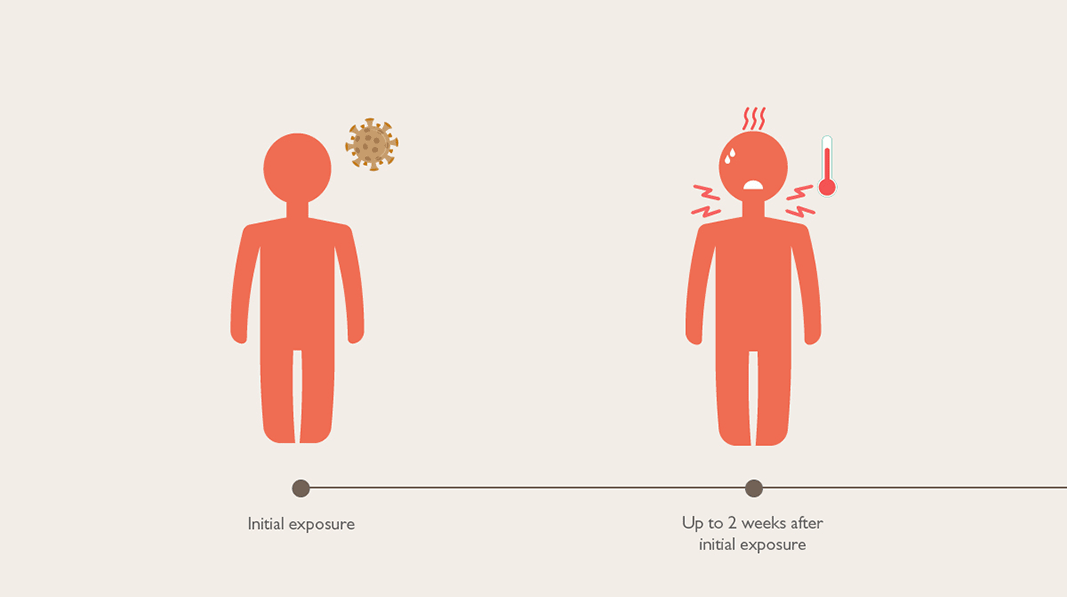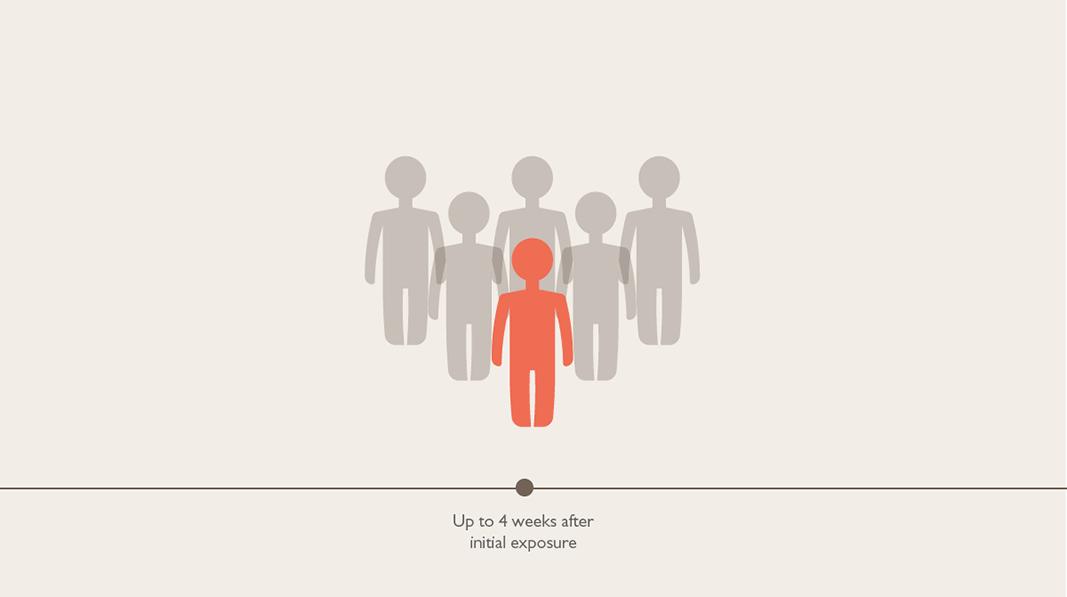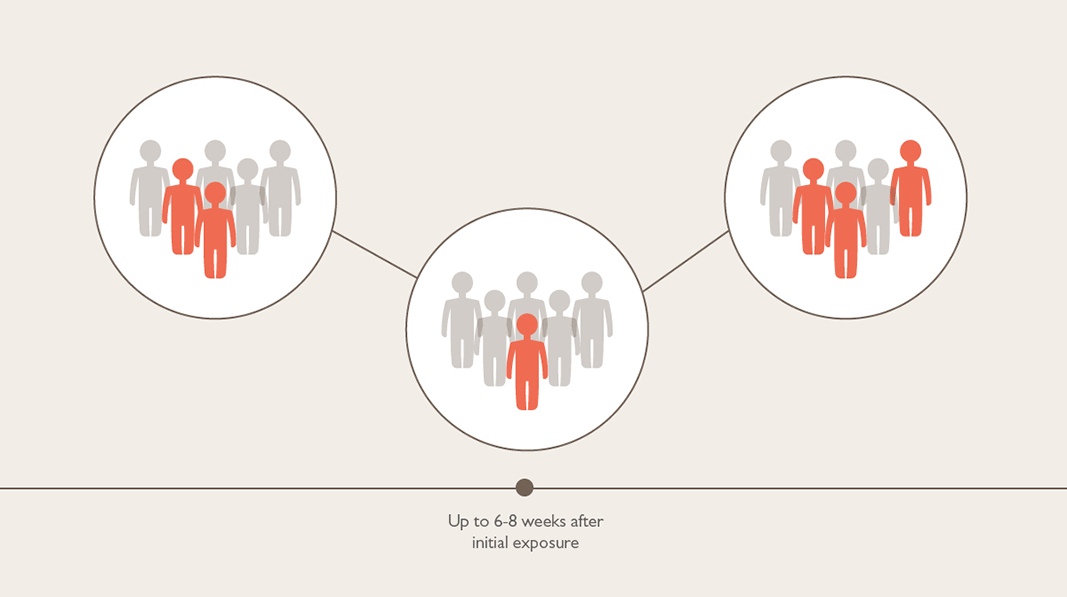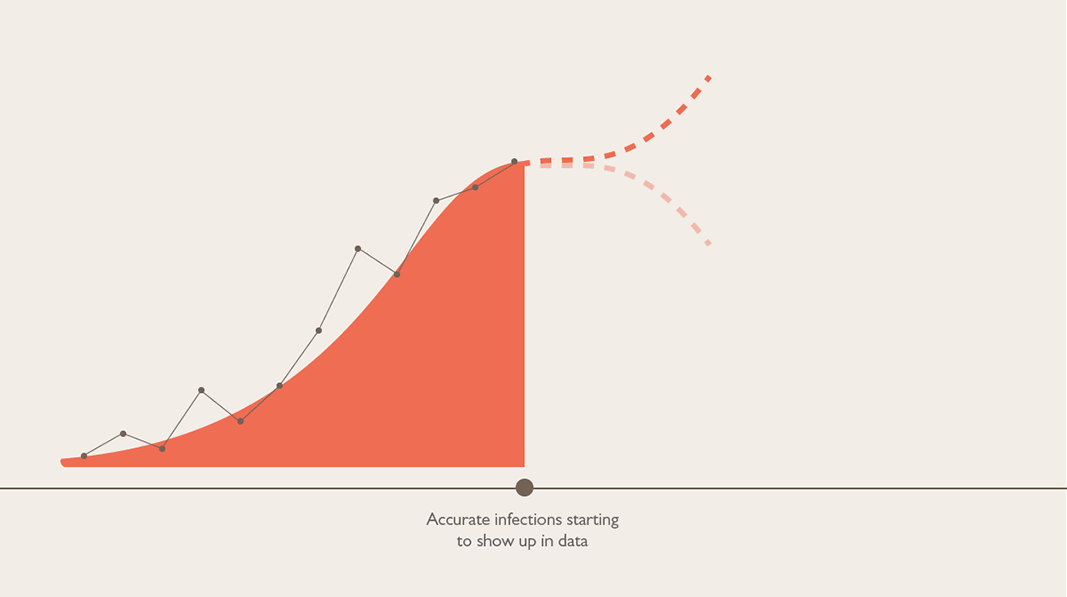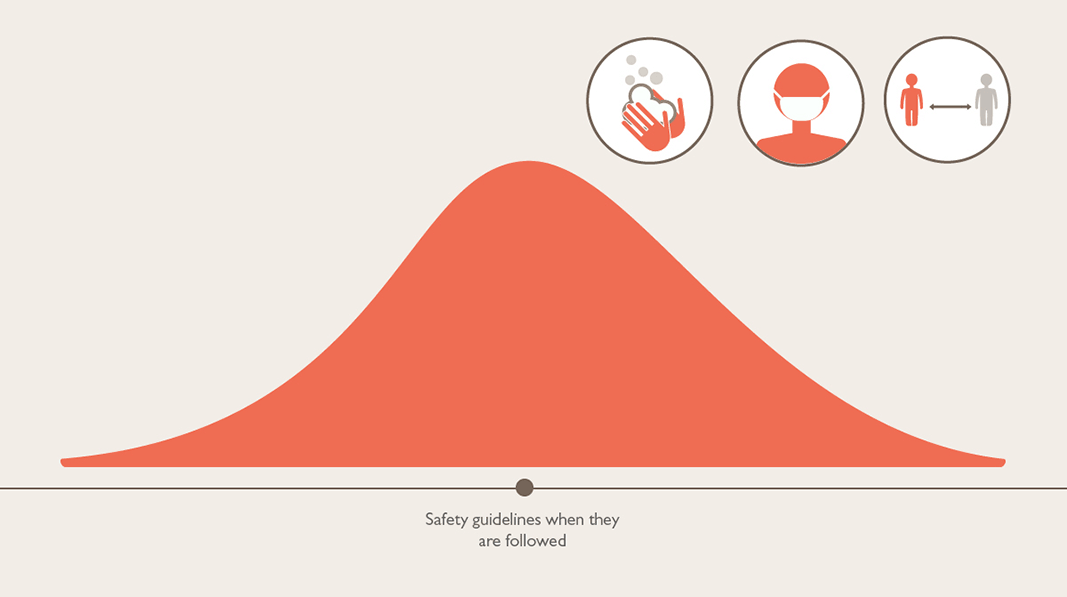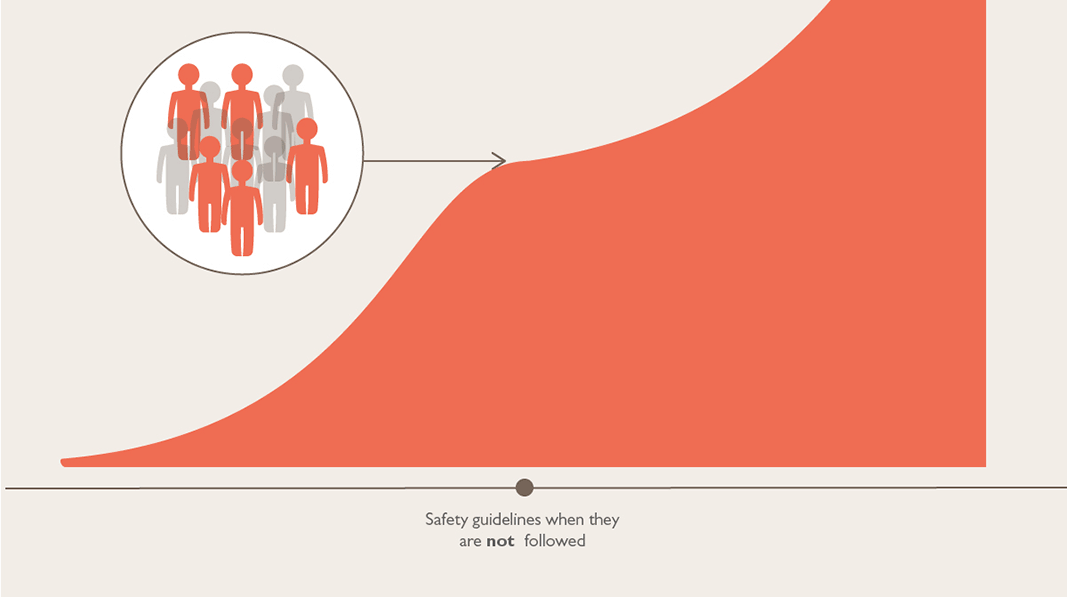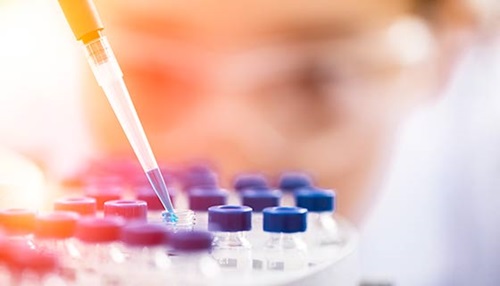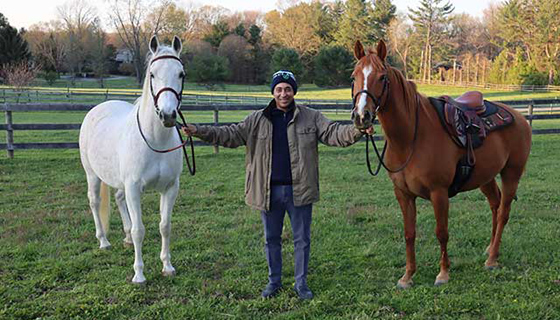Slideshow
As scientists track new cases of COVID-19, it’s important to understand that it takes several weeks after a policy change — such as a stay-at-home order or reopening businesses — for public health officials to see if the number of cases is rising or falling. Several cycles of infection, the spread of germs from person to person through a common series of events, need to occur before a noticeable increase or decrease will be reflected in the data.

